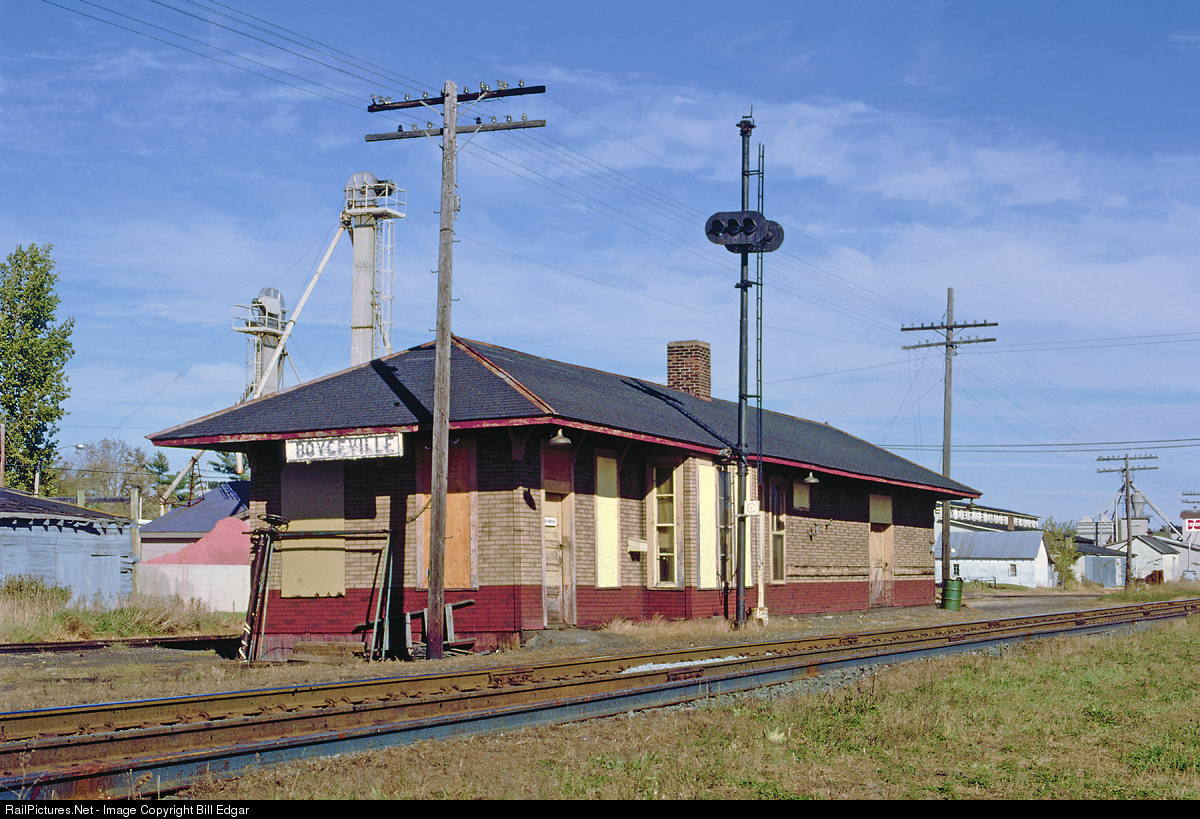
All buses are equipped with a wheelchair ramp and lowered floor or a mechanical lift. MTA buses in the city of New York are accessible to the disabled and users of wheelchairs. For more information on the accessibility of Metro-North stations, CLICK HERE to access the MTA’s Metro-North accessibility website. Three of the system’s lines originate from New York’s Grand Central Station, including the lines which terminate in Connecticut. The network has 122 stations spread across five lines, the majority of which are wheelchair accessible. Metro-North service goes as far as New Haven, Connecticut. The Metro-North Rail Road is the MTA’s second commuter rail network serving areas within New York and southwestern Connecticut. Metro-North Rail Road Service Map Metro-North Rail Road For more information on specific fares, consult the MTA website at mta.info. The gap between train and platform varies between stations and tracks, so it is best for wheelchair users to request the ramp each time.įares on the LIRR are based on zone/distance traveled and have peak/off-peak rates. To request a ramp to access the train, make contact with one of the train’s conductors who will set it up for boarding and again at your destination.


Wheelchair spaces are available inside the specially marked accessible cars. For more information on the accessibility of LIRR stations, CLICK HERE to access the MTA’s LIRR accessibility website.Īll LIRR trains carry wheelchair ramps for easy access from the platform to the train car. Jamaica Station (connecting point to/from AirTrain JFK) and Manhattan’s Penn Station are both fully wheelchair accessible. The network has 124 stations, the majority of which are wheelchair accessible. The LIRR operates 24 hours a day, 7 days a week, including all major holidays. The Long Island Rail Road is a commuter rail network serving areas between Manhattan and the Eastern tip of Long Island. Long Island Rail Road System Map Long Island Rail Road (LIRR)
#J line train stops free#
Use of the AirTrain between terminals is free of charge, but service to the Jamaica, Lefferts Boulevard and Howard Beach stations is $5.00 one way. The LIRR trains offer the fastest service from Jamaica station to NY-Pennsylvania Station.įrom the Lefferts Boulevard station, connections are available to: MTA Bus line Q10 and New York City Transit Bus lineB15.įrom the Howard Beach station, connections are available to: New York City Subway line A MTA Bus Q11. The Jamaica line makes additional stops at Federal Circle and Jamaica Stations, while the Howard Beach route makes stops at Federal Circle, Lefferts Boulevard and Howard Beach stations.įrom the Jamaica station, connections are available to: New York City Subway lines E, J, and Z the Long Island Rail Road (LIRR) and MTA New York City Transit/MTA Bus lines Q6, Q8, Q9, Q20A, Q20B, Q24, Q25, Q30, Q31, Q34, Q40, Q41, Q43, Q44, Q60 and Q65. Kennedy International Airport terminals 1, 2, 4, 5, 7 and 8. All AirTrain routes include stops at John F. The AirTrain has three lines which are fully wheelchair accessible/ADA compliant. Nicholas Ave.īowling Green is nearest accessible station. Houston St., between Lafayette/Crosby Sts.Ĭorner: Hillside Ave. Station NameĤ2nd Street – Port Authority Bus TerminalĬorner: Columbus Cir. For example, the Times Square-42nd Street station is wheelchair friendly, but the S-line platform is not. Note that an accessible station may have inaccessible trains or platforms. The location of the elevator is listed for each station, as are the specific train lines which can be reached in a wheelchair. The following is a list of subway stations in the Borough of Manhattan that are wheelchair accessible. In Manhattan, only 36 of 147 stations are wheelchair accessible, with some of those being only partly accessible.

Elevators have since been installed at many high-traffic stations, but progress is coming slowly. Because the majority of stations were built before the Americans with Disabilities Act took effect in 1990, most stations are not wheelchair accessible. There are a total of 468 MTA Subway stations across all boroughs of the city. New York City has an extensive underground subway network, one of the largest in the world. Riding the public transportation system in New York with a wheelchair is possible. Fortunately, city bus and surface trains fill many of the service gaps left by the inaccessible subway. Opened in 1904, the underground subway system has been slow to see accessibility renovations due to the project’s complexity.

New York City’s public transportation system lags behind the majority of American cities in wheelchair accessibility.


 0 kommentar(er)
0 kommentar(er)
